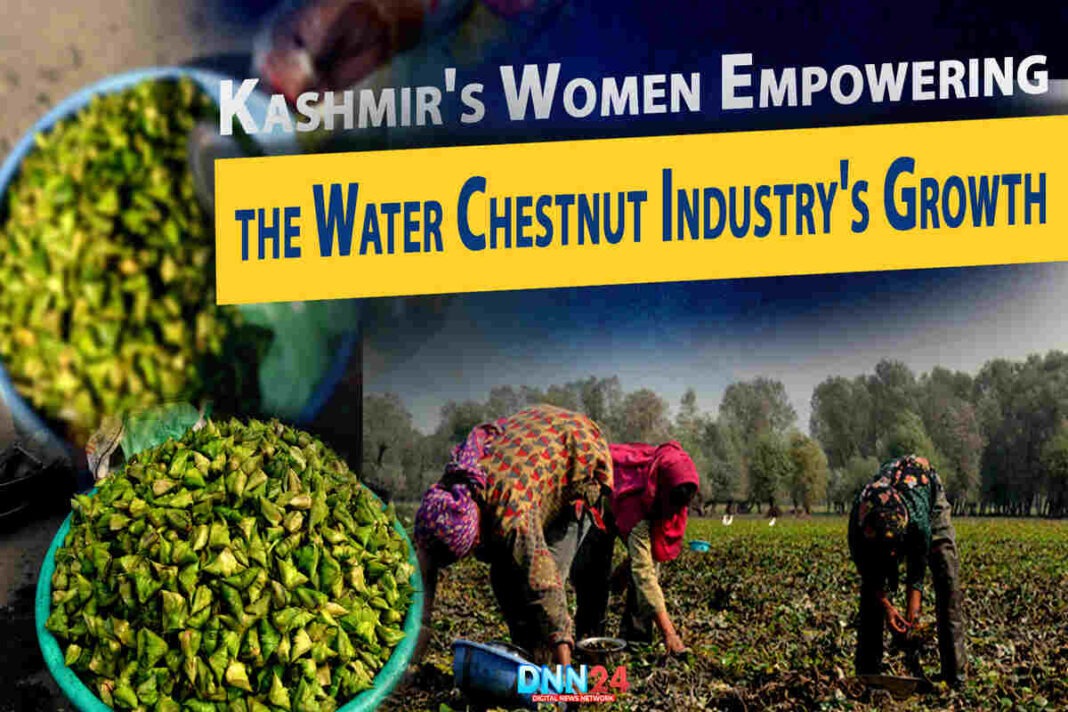In the quiet village of Zuri Manz, nestled between Wular Lake and the Himalayan mountains, a unique scene unfolds each morning. Before the sun peeks over the horizon, the women of the village set out on their daily mission – to collect water chestnuts from the lake. These small, round fruits are a favourite snack in the Kashmir valley, enjoyed both raw and boiled. The women of Zuri Manz play a crucial role in this harvest, rowing their boats with paddles across the vast Wular Lake.
Local Women worker Misra Begum explains, “We start working after the Magir namaz (dawn prayer). We call the water chestnut ‘Singara’ here. It grows for three months, and we women take part in collecting it. We leave home at 4 in the morning and come back around 2 or 2:30 in the afternoon. Even in strong sunlight and heat, we work until mid-afternoon.” This daily routine showcases the dedication and hard work of the women in harvesting this valuable crop.
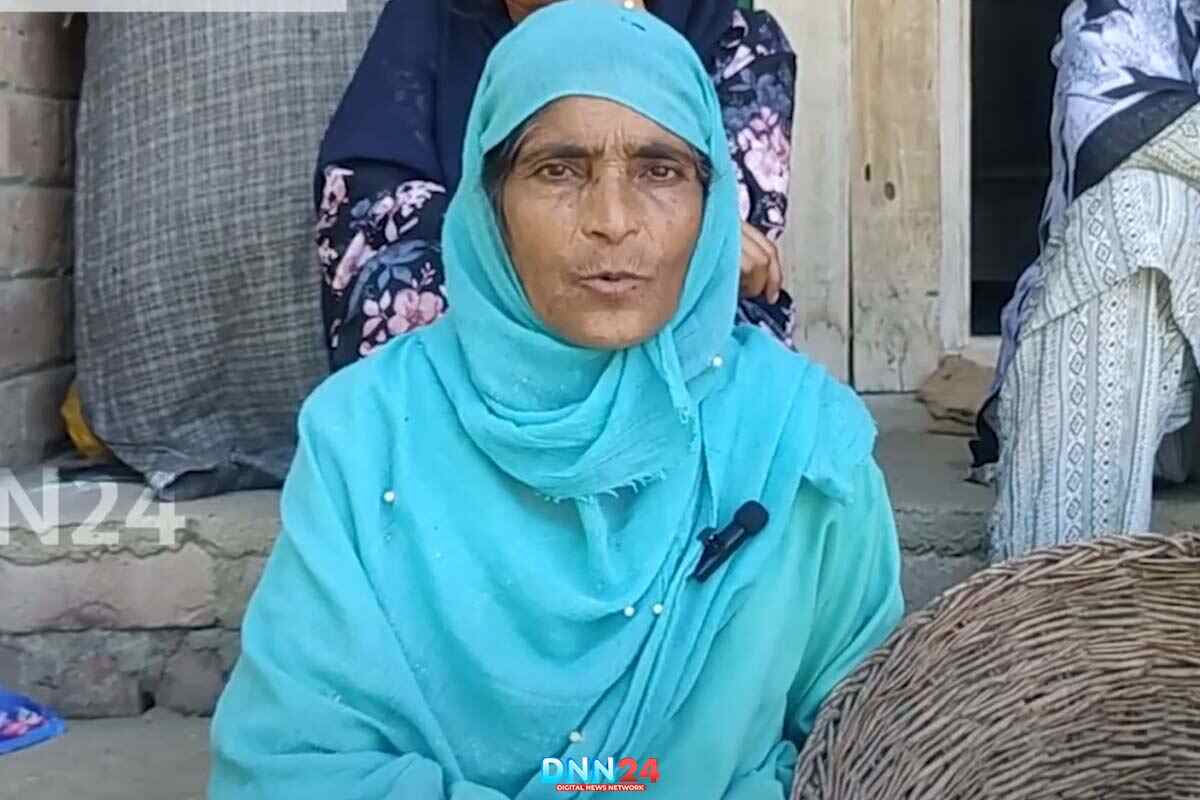
Wular Lake: The Water Chestnut’s Natural Habitat
Wular Lake, one of Asia’s largest freshwater lakes, provides the perfect conditions for water chestnuts to grow naturally along its banks. The lake’s ecosystem supports the growth of these nutrient-rich plants, making it the primary source of water chestnuts in the Kashmir valley. In fact, about 90 percent of the region’s water chestnuts come from Wular Lake.
The importance of this lake goes beyond just being a growing ground for water chestnuts. It’s a source of livelihood for many local people. As one resident points out, “Many people get employment in this lake. By the grace of Allah, these water chestnuts come out of this lake, providing work for our community.” The lake’s bountiful harvest not only feeds families but also supports the local economy, showing how crucial natural resources are for rural communities.
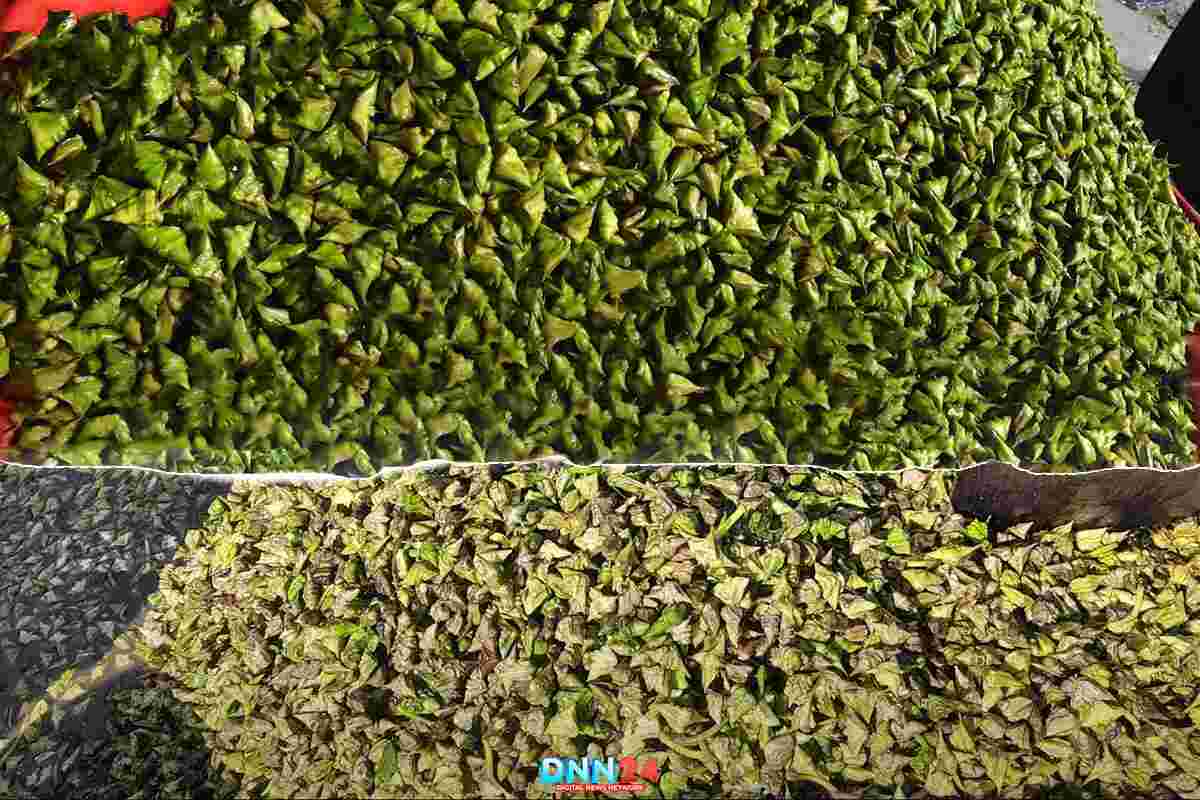
Women: The Backbone of the Water Chestnut Business
From harvesting in the lake to selling in the market, women are at the forefront of the water chestnut business in this region. Their involvement is so significant that more than 80 percent of the people selling water chestnuts in the market are women. This high level of participation highlights the important role women play in the local economy and food production.
The women’s work doesn’t stop at harvesting. They clean the water chestnuts, prepare them for sale, and take them to the market. Their efforts ensure that this nutritious snack reaches consumers across the region. The dominance of women in this trade also shows how traditional gender roles can evolve, with women taking charge of an entire supply chain from production to sales.

From Lake to Table: The Journey of Water Chestnuts
After being harvested from Wular Lake, water chestnuts take various forms before reaching consumers. The most common way is to sell them fresh as a snack or vegetable. However, there’s more to water chestnuts than just their raw form. The edible part, known as the kernel or ‘maize’, is highly prized.
One local trader explains the process: “We peel off the outer leaf of the water chestnut. Then, we dry the white kernel inside and grind it into flour. A large part of our harvest is sold as water chestnut flour, which gets a good price in the market.” This flour is not just tasty but also nutritious, making it a valuable product. The versatility of water chestnuts – from fresh snacks to flour – adds to their economic value and popularity.
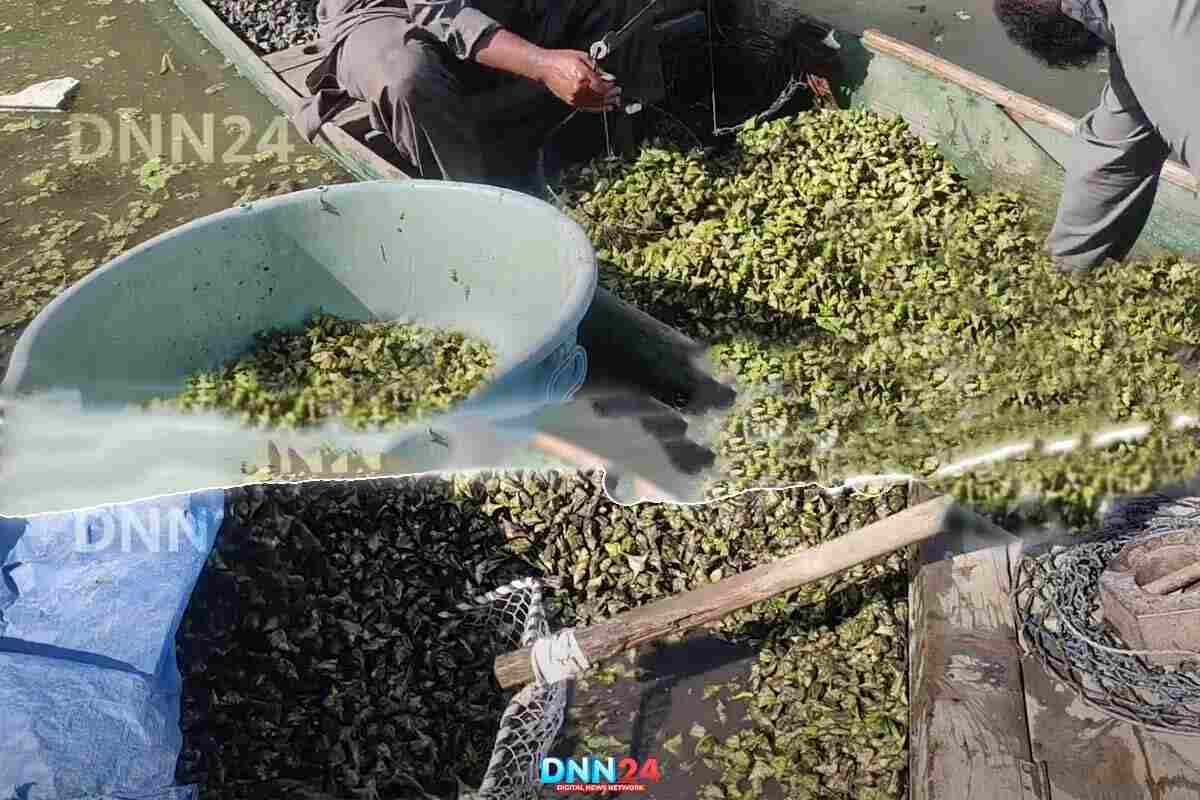
The Health Benefits and Wide Appeal of Water Chestnuts
Water chestnuts are more than just a tasty snack; they’re packed with health benefits too. A local health enthusiast shares, “This water chestnut is used to treat many diseases. It’s especially good for people with sugar (diabetes). Its kernel is very valuable for health.” The nutritional value of water chestnuts makes them popular beyond just their taste.
The appeal of water chestnuts extends far beyond the local area. As one trader mentions, “It reaches Srinagar as well as District Ramla. It goes everywhere, but it’s very scarce.” This scarcity, combined with its health benefits and versatility, makes water chestnuts a sought-after commodity. From local markets to distant cities, the demand for these little fruits from Wular Lake remains high, supporting the livelihoods of many in the process.
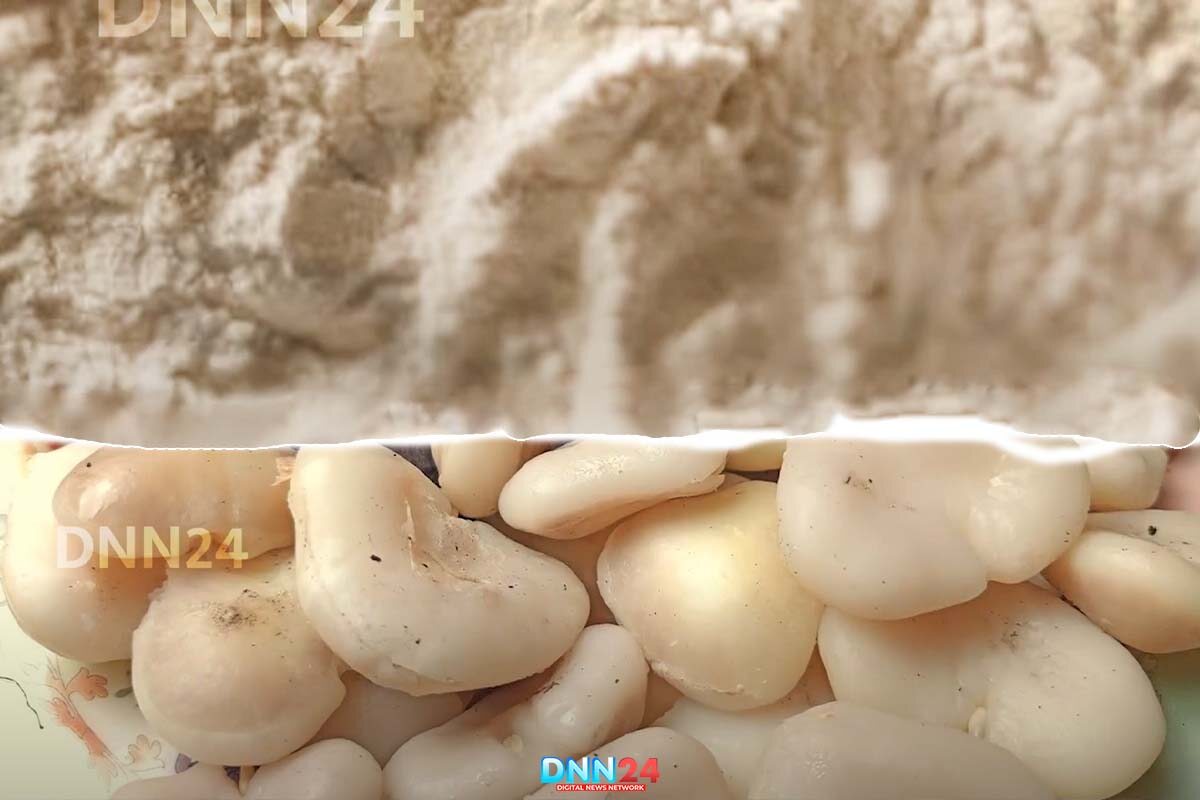
Challenges and Future of the Water Chestnut Trade
While the water chestnut trade is thriving, it’s not without its challenges. Riyaz Ahmad, a local trader, told DNN24, “A lot of effort is required to bring water chestnuts from the lake.” The physical demands of harvesting, the need for proper storage and transportation, and the seasonal nature of the crop all present hurdles for those involved in the trade.
Despite these challenges, the future of the water chestnut trade in Kashmir looks promising. The increasing awareness of its health benefits, coupled with its cultural significance as a traditional snack, ensures a steady demand. However, sustainable harvesting practices will be crucial to maintain the delicate ecosystem of Wular Lake. As this trade continues to support local livelihoods, especially for women, it serves as a prime example of how natural resources, when managed well, can be a source of sustainable economic development for rural communities.

Also Read: Sunil Jaglan: Change Maker of Gender Equality in Rural India
You can connect with DNN24 on Facebook, Twitter, and Instagram and subscribe to our YouTube channel.

